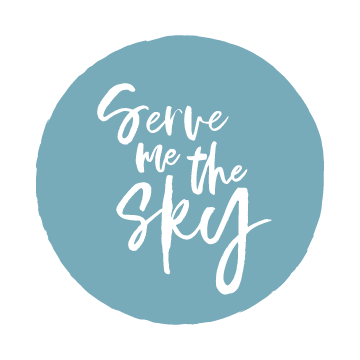The Power of Facebook Groups
/When teaching social media workshops or crafting custom strategies for my clients, I frequently recommend Facebook groups as a useful tool. “Really? Facebook groups?” is often the response. People are skeptical of anything to do with Facebook--it seems too political these days, or they fear the site is losing users to platforms like Instagram and TikTok.
Yet, Facebook continues to be the largest social media network, and Facebook groups are currently used by more than a billion people per month. If your audience is on Facebook and you can add value for them in an engaging group, then why not go for it?! Groups are an excellent way to move your audience through the funnel, from the consideration phase on to being a regular customer and then to being a passionate advocate for your brand.
So what’s the difference between a page and a group? And why do groups matter?
A business page is similar to a personal profile on Facebook--it’s your designated space where you can share official, on-brand content with posts and photos. On a business page, you can review analytics, run ads, create events, and more.
About three years ago, Facebook started prioritizing personal pages and conversation-sparking content, pivoting away from business pages and posts. This means business pages get less organic reach on the average post than a personal page or group does. While Facebook claims the motivation behind this was to make sure everyone’s time on the app was “well spent,” most social media marketers know that the real reason was that it pushed more businesses to run ads in order to have their content seen in people’s news feeds.
On the other hand, a Facebook group is more of a casual space for connection. It’s a place for a community to come together and have conversations. Groups with high engagement get better organic reach within the news feed! You can start your own group or join groups as a business page. There are three types of groups: public, private, and secret:
Public groups are discoverable to anyone through search and all posts are public.
Private groups are discoverable to the public but posts can’t be seen unless you’ve joined the group.
Secret groups cannot be found through a search. You must invite members to join or send people a direct link.
Whatever type of group you choose to create, the goal is to build community in a real, meaningful way. Some of my favorite examples of Facebook groups are The Social Marketers’ Exchange by Sprout Social and NPR’s Your Money and Your Life Group. In both cases, they’re creating a space for people who care about a specific topic to have informative and engaging conversations, that happen to help build loyalty to a brand at the same time.
NPR’s group is private, but that doesn’t stop it from being jam-packed with vibrant conversations from an engaged audience!
Best practices for running a great Facebook group
Social media is a two way street. Facebook can often feel one-sided, with a brand promoting their products, services, and events while only garnering a handful of comments from followers. Groups are much more two-sided since your audience can share their own photos and posts, starting conversations that they care about. Keeping this in mind, here are some best practices for running engaging and effective Facebook groups:
Have a clear purpose in mind
You can’t just start “Fans of My Business” and hope people talk about how awesome you are. You need goals in mind, a shared interest to unite your audience. Maybe folks won’t discuss how cool your gym is, but perhaps they’ll share fitness tips, workout routines, recipes, and more.
Use a keyword in the group name
What will your ideal group member be searching for when they stumble upon your group? Try to incorporate those words into the name of your group.
Keep it on brand
While you don’t want your group to feel overly promotional, you can set it up in ways that reinforce your brand identity. Make sure you select an on-brand cover photo and pin a post to the top of the group that explains the purpose of the group.
Sprout Social has a public group with an on-brand cover photo
Lay down the ground rules
Without rules, chaos reins in a Facebook group. Lots of groups become packed with arguments and anger because there are no rules and the moderators have ghosted. Make sure you set rules that members must agree to before joining. Common rules include things like no hate speech/bullying and no spam, self-promotion, or irrelevant links.
Craft conversation-sparking content
These posts shouldn’t just be a duplicate of what you post on your Facebook page. Exclusive content that your audience can’t get anywhere else encourages them to stay in your group! Spotting common pain points in people’s posts can be a good prompt for you to create social content that caters to that, or even blog posts. Just like on a Facebook page, you can schedule content in advance, so take advantage of that functionality once you figure out your content schedule.
Engage regularly
Don’t just set up a group and wander off! You need to talk to your community. Ask questions, share valuable posts, and reply to comments promptly. It shows you care about your group members and you didn’t just create this group to sell them something. You should be an active participant in the group, but try not to dominate the conversation. Remember, it’s not really about you! It’s about the community. Each week, try sharing a welcome post to welcome new members to the group! It’s an easy way to make folks feel included.
Review the data
Insights become available once your group has 250 members or more, so that’s a great way to start measuring the ROI of your Facebook group!
For further learning in this area, browse past blog posts:
And for more great social media content, sign up for our unboring email newsletter!





